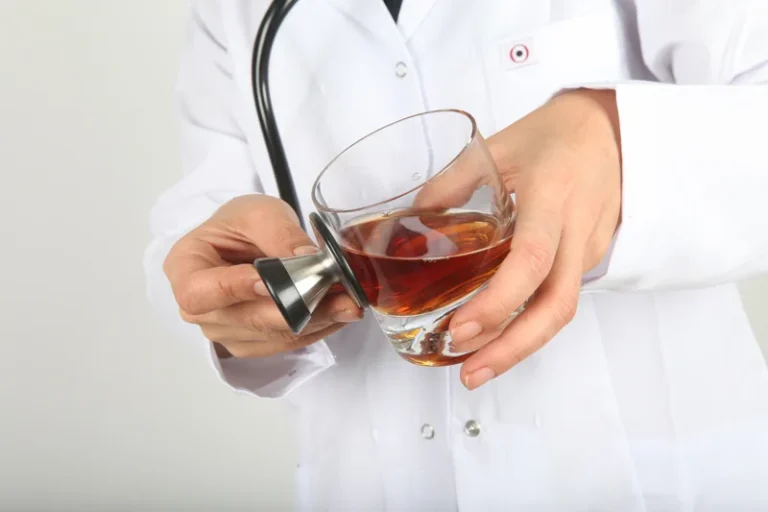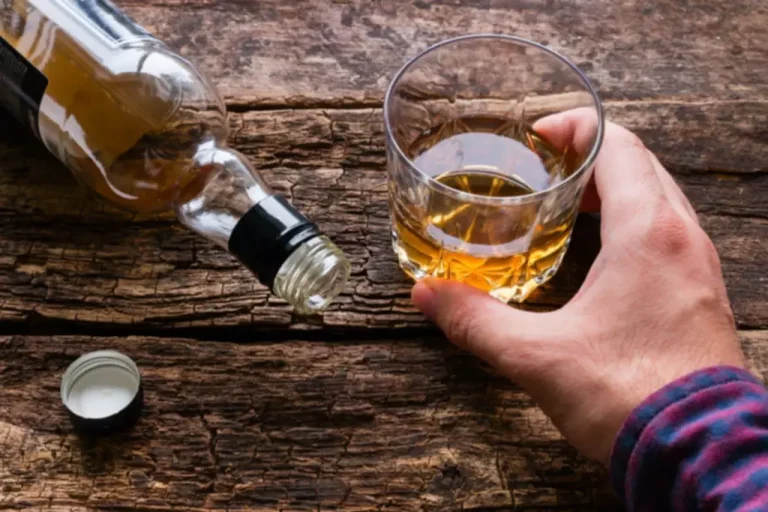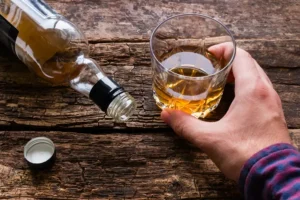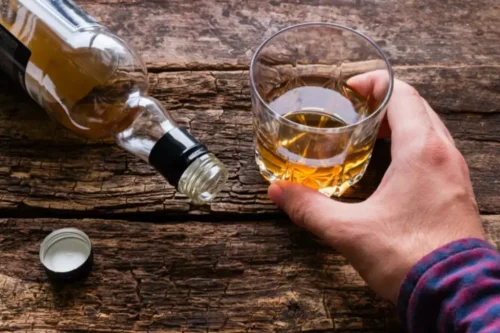The Physical Effects of Alcohol on Your Body

We spoke to Dr. Bart Kachniarz from Belcerna Plastic Surgery in Miami about skin-related side effects of alcohol abuse and how they can be treated, if at all. Acne – Alcohol abuse reduces the body’s ability to process vital nutrients and vitamins that the skin needs to remain healthy. Over time, this can lead to impurities in pores and can cause aggressive acne. The appearance of dark moles on the face may be the early warning signs of cancer, while a butterfly rash on your cheeks may be a sign of lupus, an autoimmune disease. If you observe one or both of your eyelids droop suddenly, you need to see a doctor, as this may be a sign of an issue with your nerves, brain, or eye sockets.
Other Physical Signs to Look Out For

Of note, we did not ask that respondents report their alcohol intake according to ‘standard drink size’ (measured as 10 g of alcohol in New Zealand). Instead, alcohol consumption was assessed according to how many drinks were consumed per week or on an average occasion (see Supplementary Table S1). While this may introduce some variability in responses depending on drink size, previous investigations have shown that drinkers struggle to understand standard drink sizes 40. Remember, an alcoholic’s face isn’t limited to physical appearance alone but is a piece of a larger puzzle. Open communication and professional assistance can facilitate the journey toward recovery and a healthier life.
Can You Get Alcohol Poisoning from Binge Drinking?
Additionally, lifestyle changes may be necessary to address the condition’s underlying causes. Body image is a mental representation of how we view ourselves physically. Body image can be influenced by our own minds, those around us, and the media. Our perception of the way we look can be positive, neutral, or negative. Although medical detox from alcohol dependency will help you navigate the withdrawal process safely, ongoing treatment and support may be necessary to maintain sobriety after detox. Therefore, it’s advisable to explore inpatient and residential treatment facilities that can provide support and tools to help maintain your sobriety.

1. Prevalence of Alcohol Drinking Measures for the Whole Sample
- Over half of those who identified as European (51%) reported EDI, and Europeans also had the highest proportion of frequent drinking (26.3%).
- Some effects of alcoholic face, like spider veins, can’t be reversed without cosmetic procedures like laser therapy.
- Alcohol use disorder steadily undermines your body’s ability to regenerate cells, culminating in noticeable signs of premature aging.
- Some signs include puffiness or redness, bags under the eyes, changes in skin texture such as dry or rough patches, and visible blood vessels.
You can also use laser treatments and chemical peels to improve the skin’s condition. This is caused by alcohol forcing the blood vessels in the face to expand and contract, pushing blood under the facial skin where it is thinner. Some people develop spider veins on their faces due to the blood vessels collapsing from being forced open and closed too many times.

Alcohol weakens the immune system and disrupts DNA repair, potentially increasing skin cancer risk. Research suggests a link between heavy drinking and various skin cancers, though more studies alcoholic physical appearance are needed to define precise risk ratios. Alcohol dilates blood vessels, leading to enlarged visible capillaries known as spider veins. Studies report a high prevalence of spider veins in alcoholics, reaching 46.7% in one study.

Skin Changes from Liver Disease
Prolonged alcohol use can lead to malnutrition and vitamin deficiencies. This can weaken your immune system and increase your risk for long-term health complications. Alcohol poisoning (overdose) can happen if you drink large amounts of alcohol quickly. Because many people who drink don’t know their limits, an overdose can occur without warning. In addition to getting professional treatment and support, there are things that you can do to help feel better and improve your chances of recovery. https://ecosoberhouse.com/ In the DSM-5, alcohol use disorder is further classified into categories of mild, moderate, and severe.
- Alcohol dilates your blood vessels, which can cause temporary redness and a flushed appearance.
- An intervention from loved ones can help some people recognize and accept that they need professional help.
- Alcohol also affects sleep, meaning eyes are often saggy and darker after long periods of alcohol consumption.
- You can use online calculators to determine how many calories you consume from alcohol.
- Watching for physical signs of alcoholism or alcoholic face is easier when you know you or a loved one have been drinking too much.